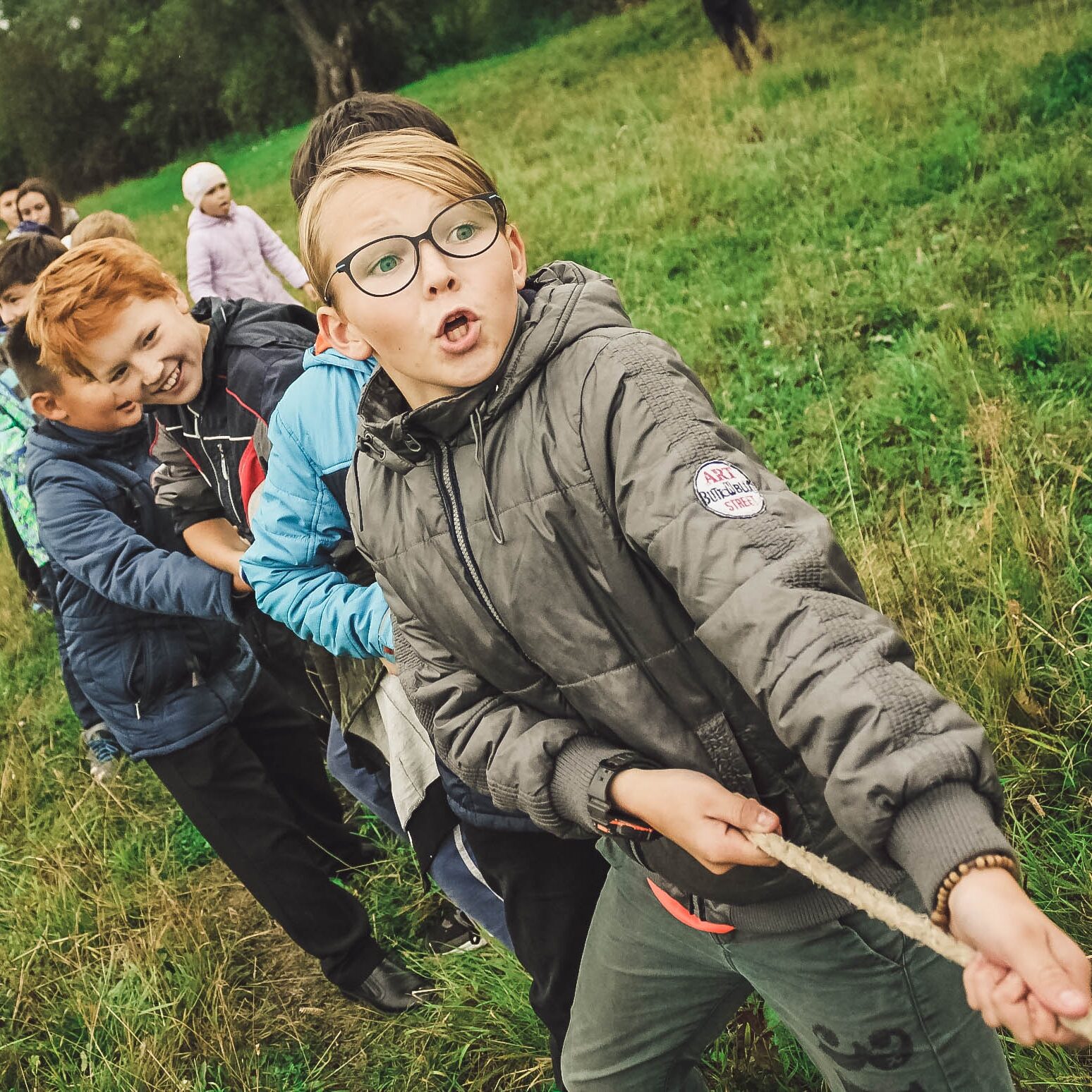소프트웨어 엔지니어링에 디자인 사고를 적용하는 것에 대해 아무도 말해주지 않은 것들
Agile methods are widely used in software engineering companies.Nevertheless, there are other less frequent methods, whose application in agile environments favours some of the characteristics that are expected of organisations of this nature. At Kurago, we combine Scrum and design thinking. The following are some comments on what we have learnt during the time we have been working in this way.
Uncertainty is one of the challenges posed by digitization processes. Methods such as design thinking help to mitigate this uncertainty by providing the necessary creativity in a controlled setting. The application of design thinking in different ambits is nothing new, as major brands such as Microsoft, Spotify and Zara have made it part of their innovation processes. The issue to be considered is whether anyone applying the five steps described by design thinking will be able to develop a successful product. The answer to this question is, of course, no.
According to my own experience, if the application of the five steps of design thinking (empathize, define, ideate, prototype and test) is to lead to an outcome with a WOW effect, a series of barriers need to be overcome. These obstacles are linked to the attitude toward the process and the engagement of its various stakeholders.
Involving Customers in the process
One of the aspects with the biggest influence on a project’s success is the customer’s engagement in the process. The customer should be an active participant, as only in this way will we be confident about each one of the steps we take toward the final design. This leads to twin certainty, toward the customer, who is constantly updated on the steps being taken and may be involved by providing their own perspective, and toward the work team itself, which receives the feedback required for advancing in the ideas it is developing.
No product will truly be a success unless it triggers some form of emotion in the customer. This applies not only to the case of retail, but also in an industrial environment. Simply resolving the problems posed within a given time is no longer enough. A customer has to perceive this value added in the form of an emotional reward. Only by ensuring that the customer empathizes with our solution will we be able to put them in the right frame of mind to help us head in the right direction. Not only that, if we manage to successfully engage them during this process, they will become an advocate of the solution in subsequent stages.
No product will truly be a success unless it triggers some form of emotion in the customer.
Having enough time and resources is crucial
A further matter that is crucial to the success of design thinking involves having enough time to create in a collective and individual manner, and above all to make mistakes. These processes require an investment in resources and time that have to be properly evaluated. This investment, which may fall short, is nonetheless the way of generating truly innovative processes. It is essential to give the team the freedom to experiment at any stage along the way
It is true to say that innovation may only arise from the generation of ideas, and that one of the ways of doing so is to use design thinking; yet it no less true to affirm that if we model those ideas to comply with our business standards, we will be successful in this process without compromising the organization’s viability. We may create a gaming environment to foster brain-storming and ideation. Insofar as resources and investment are concerned, this is a transcendent issue, as it may have a bearing on the company’s future if it is not managed properly. It has to be seen whether the organization is immersed in a cycle of efficiency and incremental processes or whether, by contrast, it does not pursue efficiency but innovation instead. It is not usually possible to achieve both things. The importance lies in knowing which horse you are backing, as not all moments and circumstances are the same.





